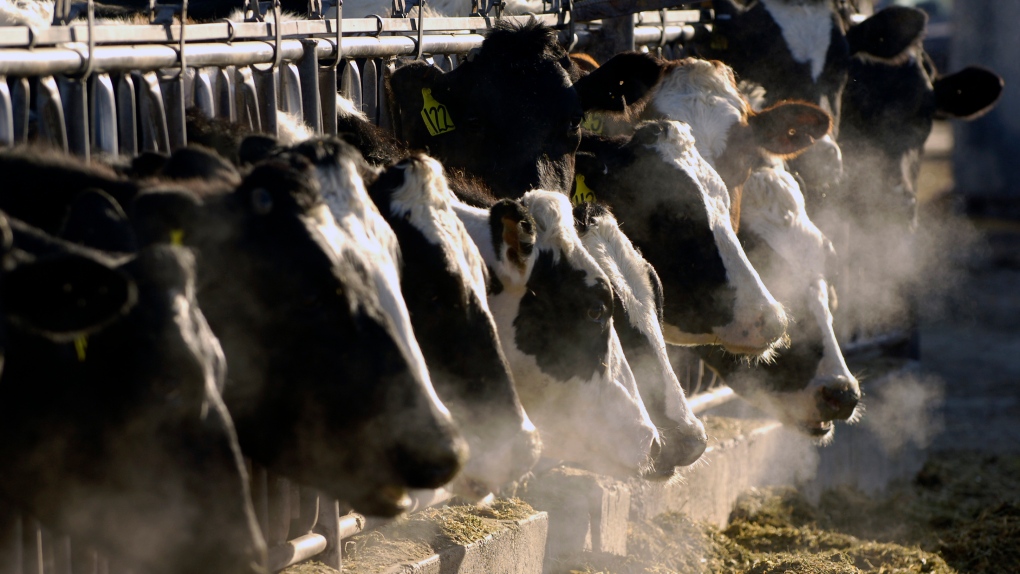A new transient orca calf has been spotted in the waters off British Columbia, adding to what’s already been a record-breaking year for sightings of the Bigg’s killer whales.
The Pacific Whale Watch Association says the calf is likely just a few weeks old and was seen travelling with the T046B family, swimming closest to the 15-year-old orca T046B2, also known as Akela.
“Killer whale calves are born with an orange tint, although scientists aren’t exactly sure of the reason,” the association wrote in a social media post Tuesday, sharing a photo of the orange-hued calf.
“Possible explanations include jaundice, staining from amniotic fluid, or a thinner blubber layer making blood vessels more visible.”
The Pacific Whale Watch Association and the U.S.-based Orca Behavior Institute reported 1,270 unique sightings of Bigg’s killer whales in the Salish Sea in the first 10 months of this year, surpassing the previous annual record of 1,220 sightings in all of 2022.
“Ten years ago, we were only getting 15 per cent of that,” OBI director Monika Wieland Shields wrote in the Nov. 8 report. “This is the ninth year out of the last 10 that the record has been broken. Only 2020 showed a slight dip, probably due to decreased observation due to COVID-19.”
The upward trend continued last month, with at least one confirmed sighting of a transient orca in the Salish Sea every day in November, according to the institute, beating the five-year average of 20 days of confirmed sightings in the previous Novembers.
ENDANGERED SOUTHERN RESIDENT ORCAS
While the transient orcas, which feed on a variety of sea mammals – primarily sea lions, seals and porpoises – appear to be thriving off the B.C. coast, the same is not true for the endangered, salmon-eating southern resident killer whales.
Declining chinook salmon populations in the region have forced the southern residents to travel outside the Salish Sea to hunt for their preferred prey, the orca experts say.
“Until we restore the major Salish Sea chinook salmon runs, particularly on the Fraser River, it’s clear the southern residents will continue to spend more time on the outer coast where they have the chance to encounter a wider variety of salmon runs from different river systems,” Shields added.
In August, Lolita, the last captive member from the southern resident population, died in an aquarium in Miami. A month earlier, two new southern resident orca calves were spotted in Strait of Georgia, bringing the estimated southern resident orca population to 74 whales.
The population peaked at 98 in 1995, but declined to 80 whales in 2001, according to the Washington state-based Center for Whale Research.




